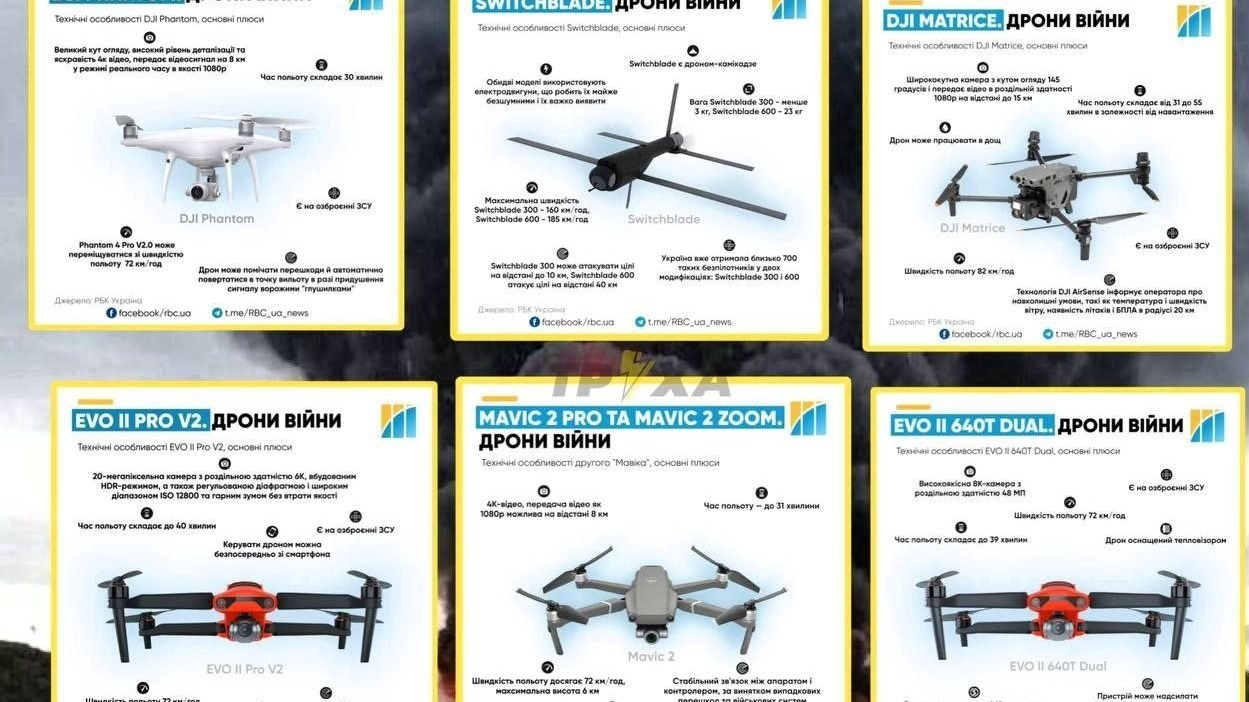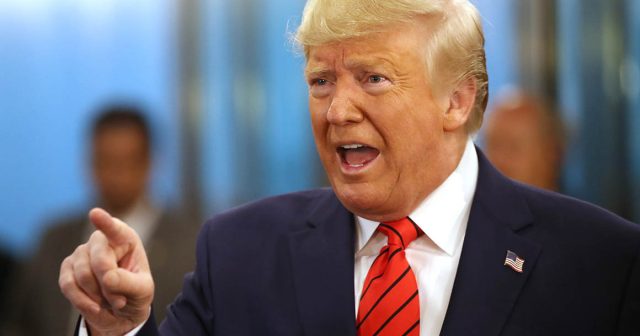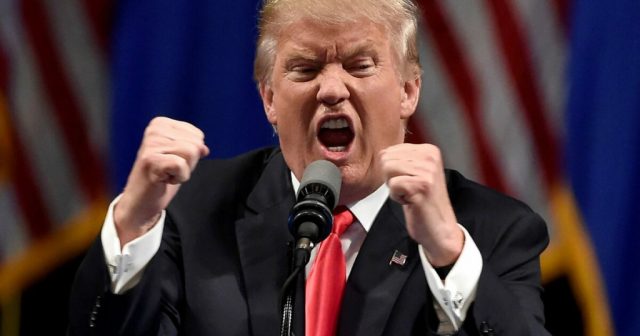Ukraine’s Growing Drone Arsenal
The night of August 30 marked a watershed in the conflict between Ukraine and Russia, as both sides unleashed a barrage of missiles and drones in what is being described as one of the most intense engagements in the history of the conflict.
Russian forces initiated the exchanges, launching missile and drone strikes on Ukrainian regions. The scale of the assault was significant, with a reported destruction of 28 missiles and 15 drones in Ukrainian airspace, resulting in casualties and fatalities. Ukrainian forces, however, responded in kind, launching their own massive drone attacks on Russian territories. The Bryansk, Ryazan, Moscow, Pskov, Oryol, and Kaluga regions were targeted, with drone wreckage reportedly found in their wake. Moreover, at the Pskov airport, four Il-76 aircraft were damaged as a result of these attacks.
Further intensifying the conflict, the Russian Defense Ministry asserted that it had neutralized four boats carrying up to 50 Ukrainian paratroopers in the Black Sea.
Meanwhile, Ukraine has revealed its intention to significantly bolster its drone capabilities. With plans to both manufacture and procure 180,000 to 200,000 drones in the current year, the State Service for Special Communications, led by Yuri Shchigol, unveiled the ambitious agenda. Notably, a substantial allocation of 40 billion hryvnias (roughly $1 billion) was earmarked for drone production in July 2023 alone. Of this, 25 billion hryvnias ($676 million) have already been expended on the creation of 22,000 strike drones, 15,000 of which have already been incorporated into the nation’s Armed Forces.
The drone fleet encompasses a diverse array of types, ranging from basic models to cutting-edge military UAVs designed for specialized functions. Shchigol also highlighted the sobering statistic of drone losses, which average between 40 and 45 per day.
The strategic implications of this escalating drone arms race cannot be overstated. As drones increasingly become an integral part of modern warfare, their proliferation in the Ukrainian conflict adds a new dimension to the struggle. The battlefields of the 21st century are being redefined, with technology now playing a pivotal role in shaping the course and consequences of armed conflicts.




